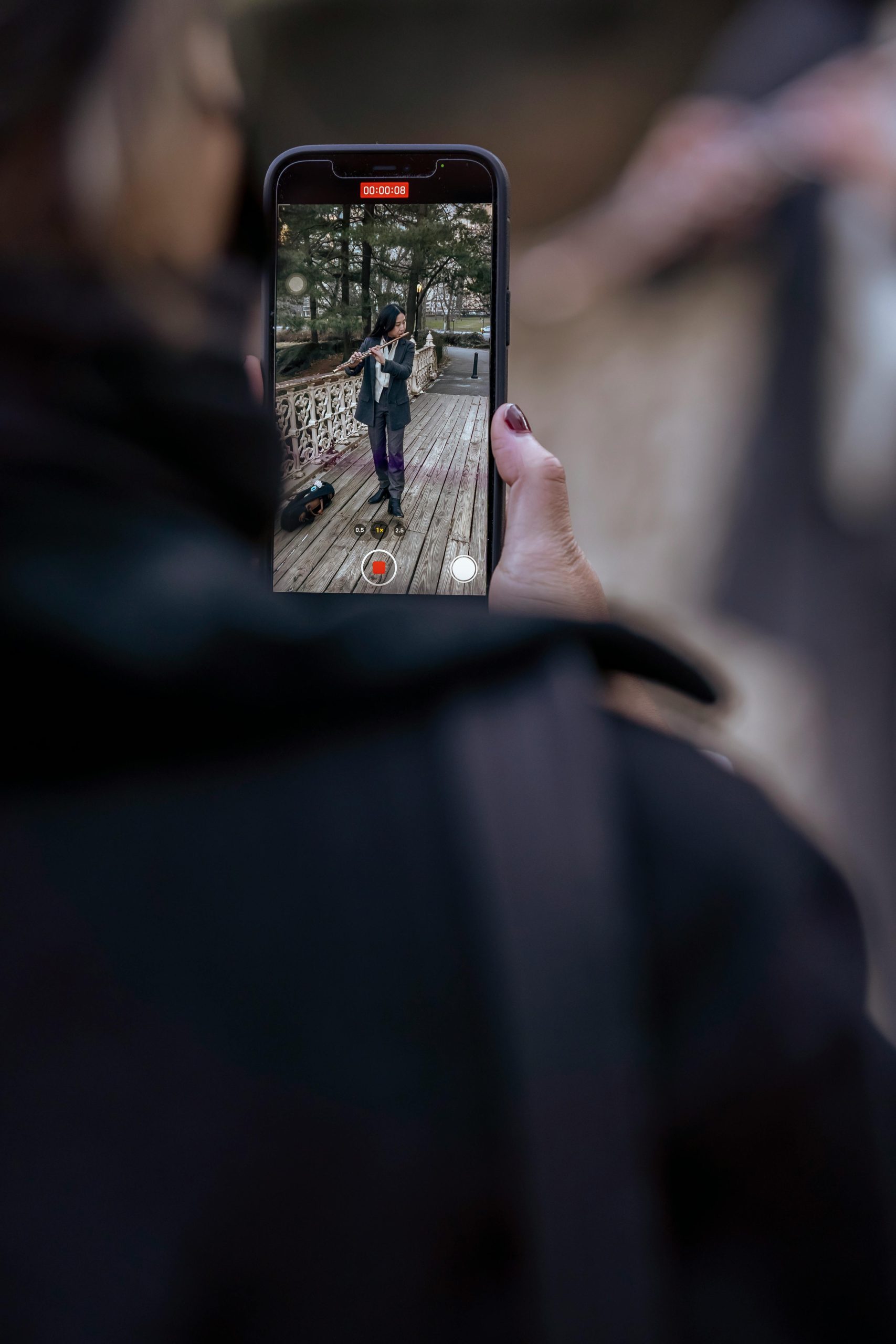Understanding the “Gen Z Stare”: Navigating Generational Communication in the Digital Age
In recent months, a new online phenomenon has sparked discussions across social media platforms—particularly among Millennials and Generation Z. Dubbed the “Gen Z Stare,” this behavior has garnered attention from educators, employers, and digital observers alike. But what exactly is the “Gen Z Stare,” and what does it reveal about evolving communication styles in today’s youth?
The “Gen Z Stare” refers to a distinct non-verbal cue often observed during virtual meetings, classroom discussions, or even in casual online interactions. It typically manifests as a particular facial expression or gaze—sometimes characterized by a slight roll of the eyes, a tilted head, or a piercing stare—that appears to convey frustration, boredom, or skepticism. While some interpret this as a sign of disengagement, others see it as an authentic expression of the generation’s attitude toward digital communication.
A recent report from Business Insider explores this phenomenon from a business perspective, highlighting how such behaviors may influence workplace dynamics and professional interactions. The report notes that observers are divided: some believe the “Gen Z Stare” is merely a reflection of a broader shift in how younger generations communicate—more visually and less verbally—while others argue it could point to generational misunderstandings or differences in social norms.
Are these behaviors indicative of a cultural shift toward more candid, expressive forms of communication? Or do they pose challenges for maintaining professionalism and effective dialogue? The ongoing debate suggests that understanding these subtle cues is essential for organizations, educators, and anyone seeking to bridge generational gaps in communication.
As the landscape of digital interaction continues to evolve, it’s crucial to recognize that such behaviors are part of a larger trend—a movement toward more visually driven, authentic expressions. Embracing these changes, while fostering respectful and effective communication, can help create more inclusive environments where different generations feel understood and valued.
For a deeper dive into the “Gen Z Stare” and its implications across professional settings, check out the full analysis here: Business Insider Article.
Published July 2025
